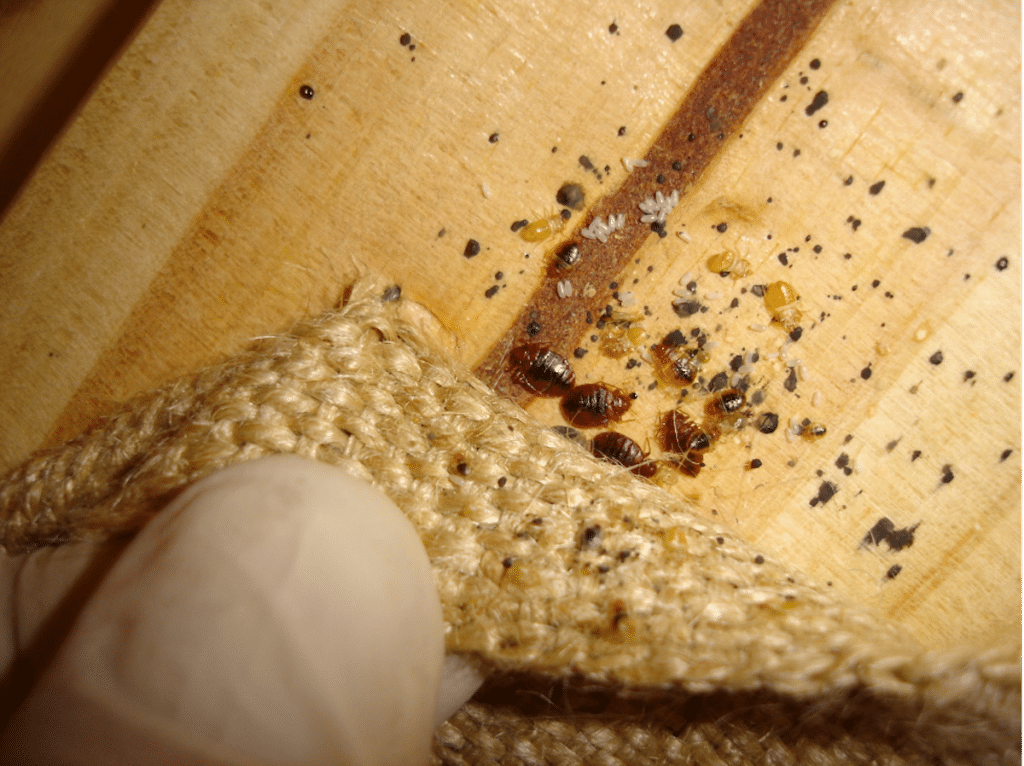Bed bugs are, although pesky, one of nature’s fascinating insects. These tiny creatures are not only superb survivors but also have unique characteristics and behavior’s worth exploring. If you’ve ever wondered about these common household pests, this article sheds light on their secretive lives, reveals their intricate reproduction methods, and discusses why their bites can be so annoyingly itchy.
The Bed Bug’s Stealthy Profile
Tiny warriors of survival, bed bugs possess a flat, oval shape with colors that span from pale cream to a deep brown, tinged with red depending on their life stage. Adult bed bugs extend to a length of 4 to 5 millimeters, equipped with six legs and two purposeful antennae for navigation. What makes them akin to mythical vampires is their parasitic nature: these insects feast on the blood of their warm-blooded hosts—humans and animals alike—attracted by the cozy warmth of a body and the carbon dioxide exhaled.
Lurking within the folds of your bedding, nestled in the nooks of bed frames, or secreted away in furniture crevices, bed bugs await nightfall. It is then that they emerge—silent and unseen—to indulge in their nocturnal banquet.
A Day in the Life of a Bed Bug
On average, bed bugs enjoy a 10-month lifespan, with some living up to a year and a half. Their life-cycle involves prolific breeding, with females potentially laying 200 to 500 eggs, each hatching within a fortnight. It takes approximately five to seven weeks for these young bed bugs to reach adulthood, but what truly sets them apart is their peculiar mating ritual known as traumatic insemination.
This extraordinary process entails the male bed bug piercing the female’s Organ of Berlese with its paramere—a sharp reproductive organ—and injecting sperm directly into her body cavity. From there, the sperm swims towards the ovaries to fertilize the eggs in a surprising internal voyage.
The Nightly Feast and Its Aftermath
To reproduce and develop, bed bugs depend on a vital blood meal. They engage in their feeding frenzy typically between midnight and the break of dawn—when their human hosts lie in deep slumber. In mere minutes, a bed bug can guzzle up to thrice its body weight in blood, only to retreat after its meal to process and digest.
While these bites do not transmit diseases, they can incite irritating skin reactions or more severe allergic responses in some individuals. These small, itchy welts resemble mosquito bites and can appear in clusters or lines across exposed areas like the arms, neck, face, and hands. Not everyone reacts to these bites, but interestingly enough, sensitivity tends to decrease with age.
The itch from these bites is due to the bed bug’s saliva, loaded with an anesthetic to mask the sting and an anticoagulant to keep the blood flowing freely. Surveys suggest that about 70% of people show some reaction to these bites. Though rare, there have been instances where individuals experience anaphylactic shock as a result of bed bug bites.
In Conclusion
While bed bugs may strike a chord of unease, understanding their life cycle and behaviors demystifies these insects and can help us better manage their presence in our homes. By appreciating both their biological prowess and the challenges they pose, we can approach these uninvited guests with a blend of respect and educated caution, keeping their nuisance at bay. Unfortunately, most of the time a specialist bed bug pest control company is required.

